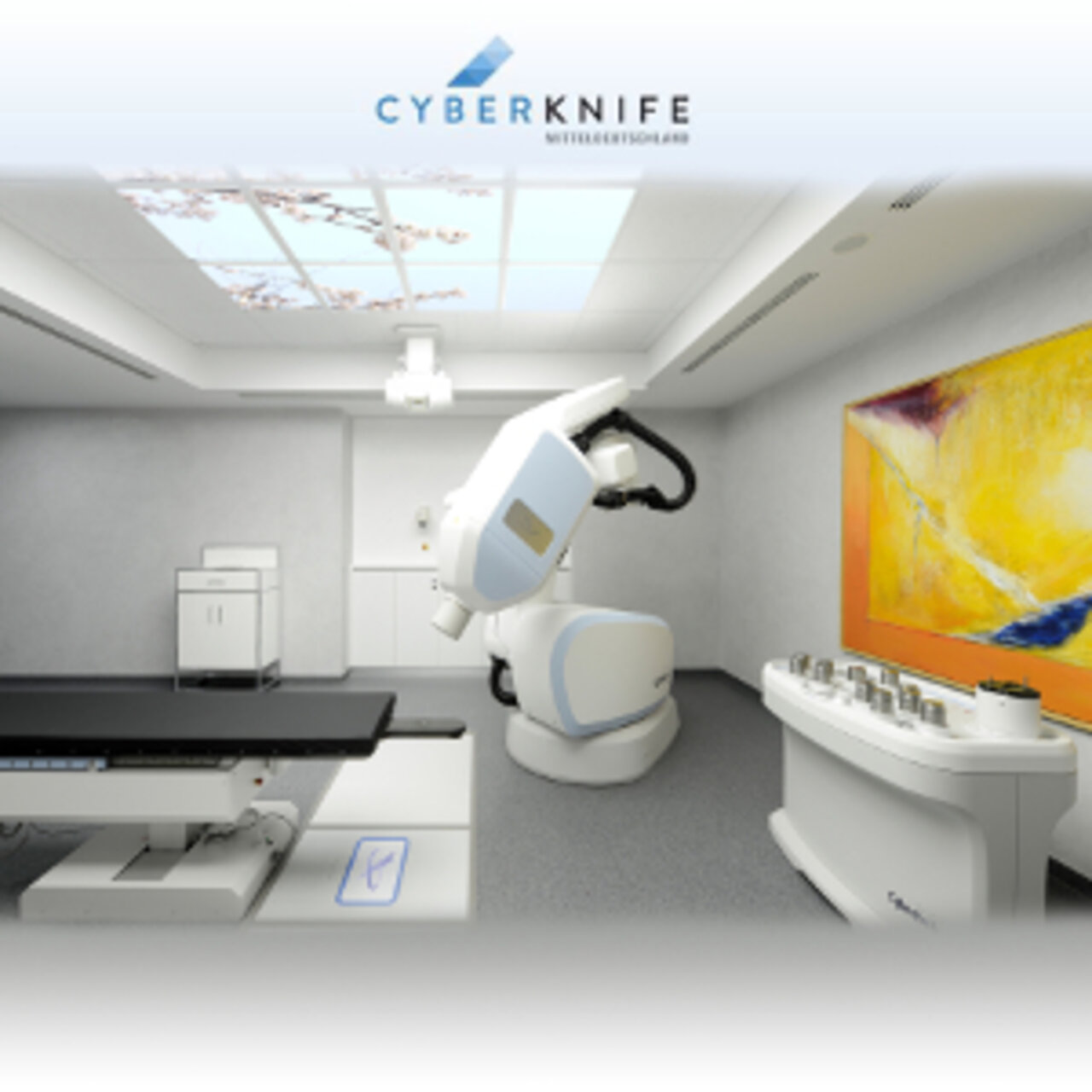Specialists in Prostate Radiation
8 Specialists found
Information About the Field of Prostate Radiation
For Whom Is Radiotherapy for Prostate Cancer Suitable?
Many factors play a role in answering this question. These include tumor stage, age of the patient, and concomitant diseases. In general, radiation therapy is only used for the malignant form of cancer, the so-called prostate carcinoma. If the prostate carcinoma is diagnosed early and is still small and localized, radiation therapy alone can be considered to stop the growth and cure cancer. Radiation can also be an advisable therapy for a more massive tumor that is growing rapidly. Besides, an anti-hormone treatment can be considered, which inhibits the signal to divide to all cancer cells in the body. After the surgical removal of the entire prostate, radical prostatectomy, supportive radiation therapy can be useful, designed to destroy any remaining tumor cells in the former tumor area and reduce the risk of tumor recurrence.
Salvage radiation therapy may be considered if the PSA level does not drop or rise again after radical prostatectomy, which signifies that there are still tumor cells left and growing back into a tumor. Radiation therapy is intended to destroy this remaining cancerous tissue and counteract recurrence or metastasis.
In advanced prostate cancer that has spread to other parts of the body, for example, radiation therapy can help relieve the caused pain to the spine bones.
Prostate Radiation or Surgery?
Today, radiation therapy is equal treatment for malignant prostate cancer. The question if radiation or surgery is used as therapy must be discussed in detail with the patient. There are many pros and cons for both treatment options so that the individual patient's wishes must be taken into account.
There are many years of experience in studies that speak in favor of surgery, while long-term results of radiation therapy are still pending. For older patients with concomitant diseases, radiation therapy may be the better choice, as radiation therapy is gentler in this respect. On the other hand, the probability of suffering incontinence after radiotherapy is almost twice as high as after surgery.
Which Radiation Methods Are Used?
In modern medicine, several options are available for radiating prostate cancer:
- External radiation through the skin, called percutaneous radiotherapy, is the classic option.
- Further developments are intensity-modulated radiotherapy (IMRT) and image-guided radiotherapy (IGRT).
- Proton therapy is another radiation method for which, in principle, all patients with a recommendation for radiation therapy can be treated, provided that no distant metastases are present. The advantage over conventional radiation therapy is the high radiation dose explicitly directed to the prostate carcinoma while sparing the surrounding tissue such as the bowel and bladder.
- Radiation from the inside is also possible. In this so-called brachytherapy, radioactive seeds are placed into the prostate, which continuously emits radiation. Brachytherapy is only suitable for men whose disease has not yet metastasized.
- Cyberknife radiation can also be an option in the case of the recurrence of prostate cancer.
Procedure and Duration of Prostate Cancer Radiation
The classical radiation therapy takes place in outpatient settings, so patients only have to come to the clinic or practice for radiation for about 30 minutes per session. The treatment period lasts 7-9 weeks. Radiations are carried out five times a week on weekdays and paused on weekends. The radiation used in the course of therapy is indicated in the unit Gray [Gy]. The total radiation dose for treatment is between 74 and 80Gy. This dose is applied in single amounts of 1.8-2.0Gy, which damages cancer cells while sparing healthy tissue.
For the treatment, the patient sits on a textile-free couch under a linear accelerator. The device is rotatable and can emit the specified radiation from different directions onto the tumor. Noises, visual effects, heat generation, or pain are not expected.
What Should Be Paid Attention to During Radiation Therapy for Prostate Cancer?
Radiation therapy can be carried out in outpatient settings for most prostate patients. During the 6-7 weeks radiation period, a certificate of inability to work can be issued, so the patients do not have to work. During daily hygiene, care must be taken not to remove the markings on the skin that were painted on during planning, as these have to remain visible until the last radiation session.
What Side Effects and Long-Term Consequences Can Occur?
It usually takes about three to four weeks before the first side effects of radiation therapy occur. However, these subside after the end of the treatment in most patients. Skin irritation may occur in the irradiated area of the body. Patients report reddening, itching, and peeling of the skin. Besides, the bladder and urethra's mucous membrane may become inflamed, which feels like an inflammation of the bladder and is, therefore, also called radiation cystitis. The mucous membrane in the intestine can also become inflamed by the radiation so that the bowel movement can become painful, and diarrhea can occur. Late effects of radiation can manifest in erectile dysfunction and incontinence. Unfortunately, it is difficult to predict in advance who will be affected.
Which Physicians and Clinics Are Specialized in Radiation Therapy for Prostate Cancer?
Specialists for prostate radiation therapy are doctors specializing in radiotherapy and radio-oncology. They work closely together with urologists in urology clinics. In most cases, they are the first to detect prostate cancer and then refer patients for radiotherapy if necessary. Besides, medical physicists play a significant role in planning radiation therapy since the medical side in pelvic anatomy and therapy plans must be connected to the linear accelerator's technical side. Prostate cancer patients can be treated well in outpatient settings, so radiation therapy can usually be carried out in an outpatient clinic or a radiotherapy practice.
Every patient who needs a doctor wants the best medical care. Therefore, the patient is wondering where to find the best clinic. As this question cannot be answered objectively, and a reliable doctor would never claim to be the best one, we can only rely on the doctor’s experience.
We help you to find an expert for your disease. All listed doctors and clinics have been reviewed by us for their outstanding specialization in prostate cancer radiation and are awaiting your inquiry or treatment request.
Sources:
- Piper: Innere Medizin . 2. Auflage. Springer 2012, ISBN 978-3-642-33107-7.
- Hien: Praktische Pneumologie . 2. Auflage. Springer 2011, ISBN 978-3-642-10209-7.
- Wannemacher et al. (Hrsg.): Strahlentherapie . 2. Auflage. Springer 2013, ISBN 3-540-88304-5.







